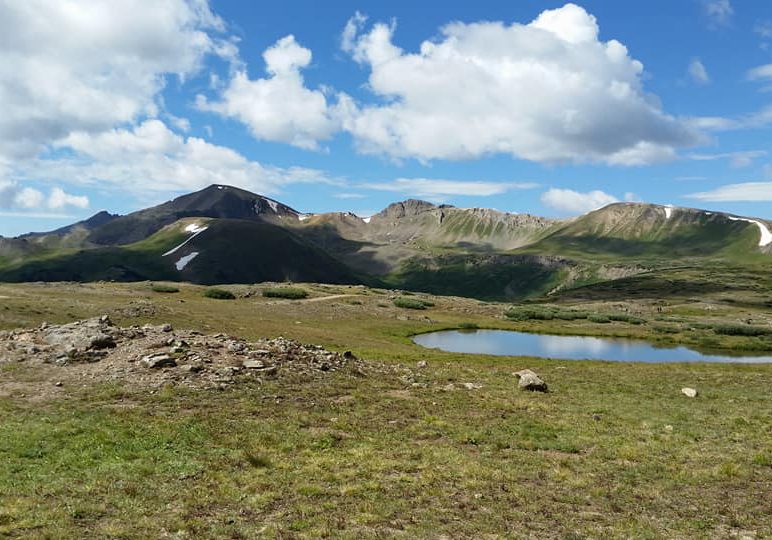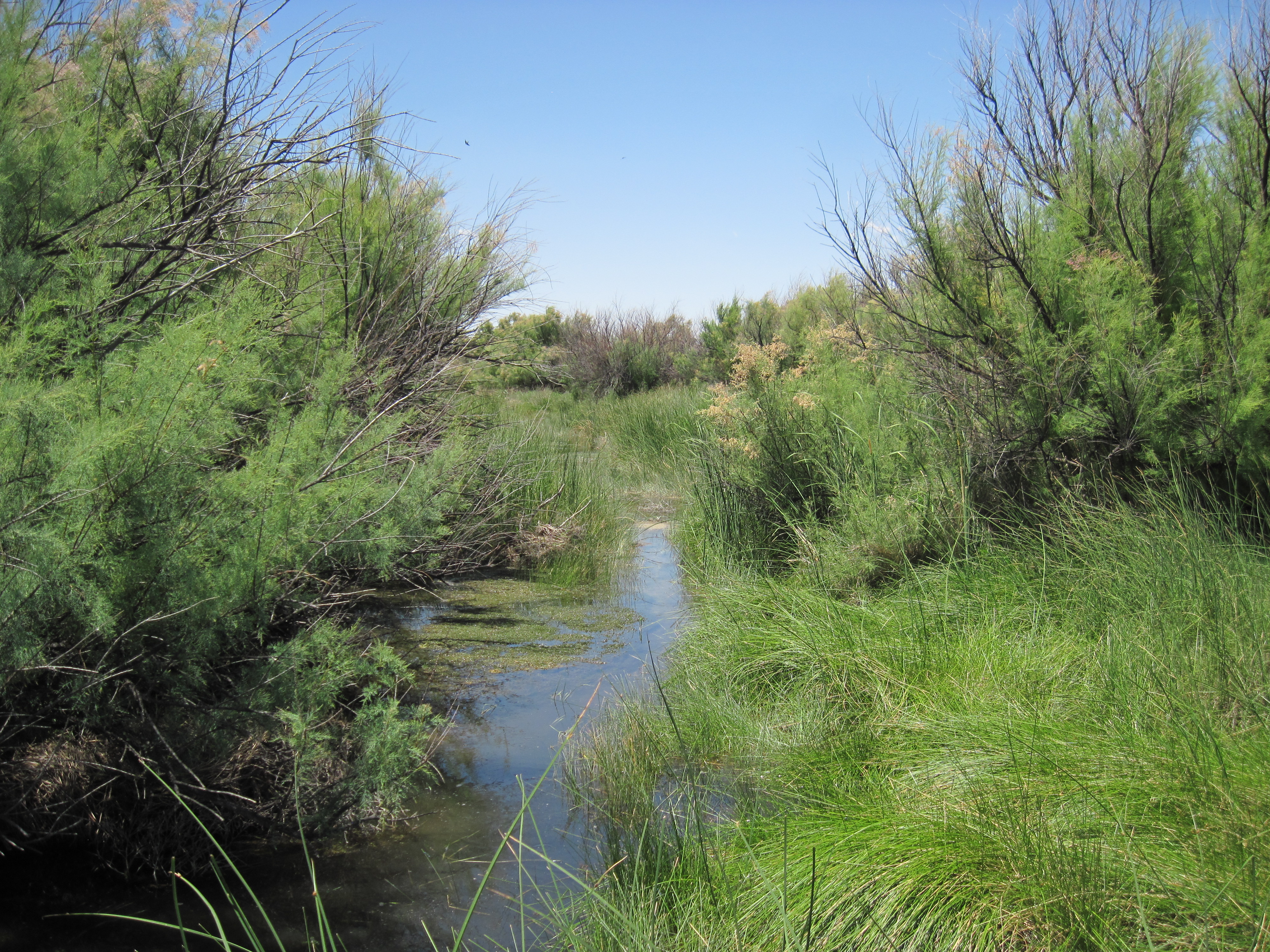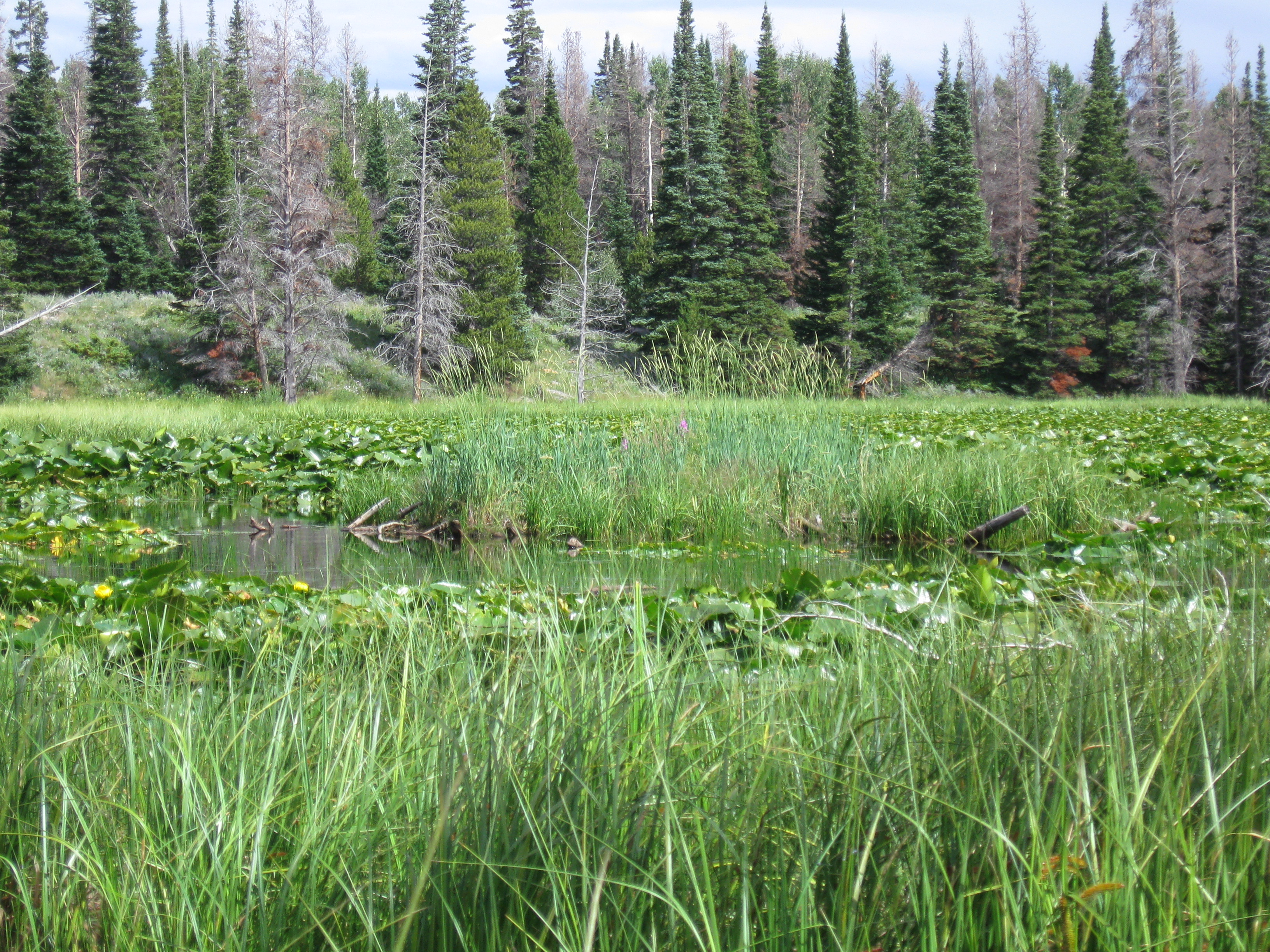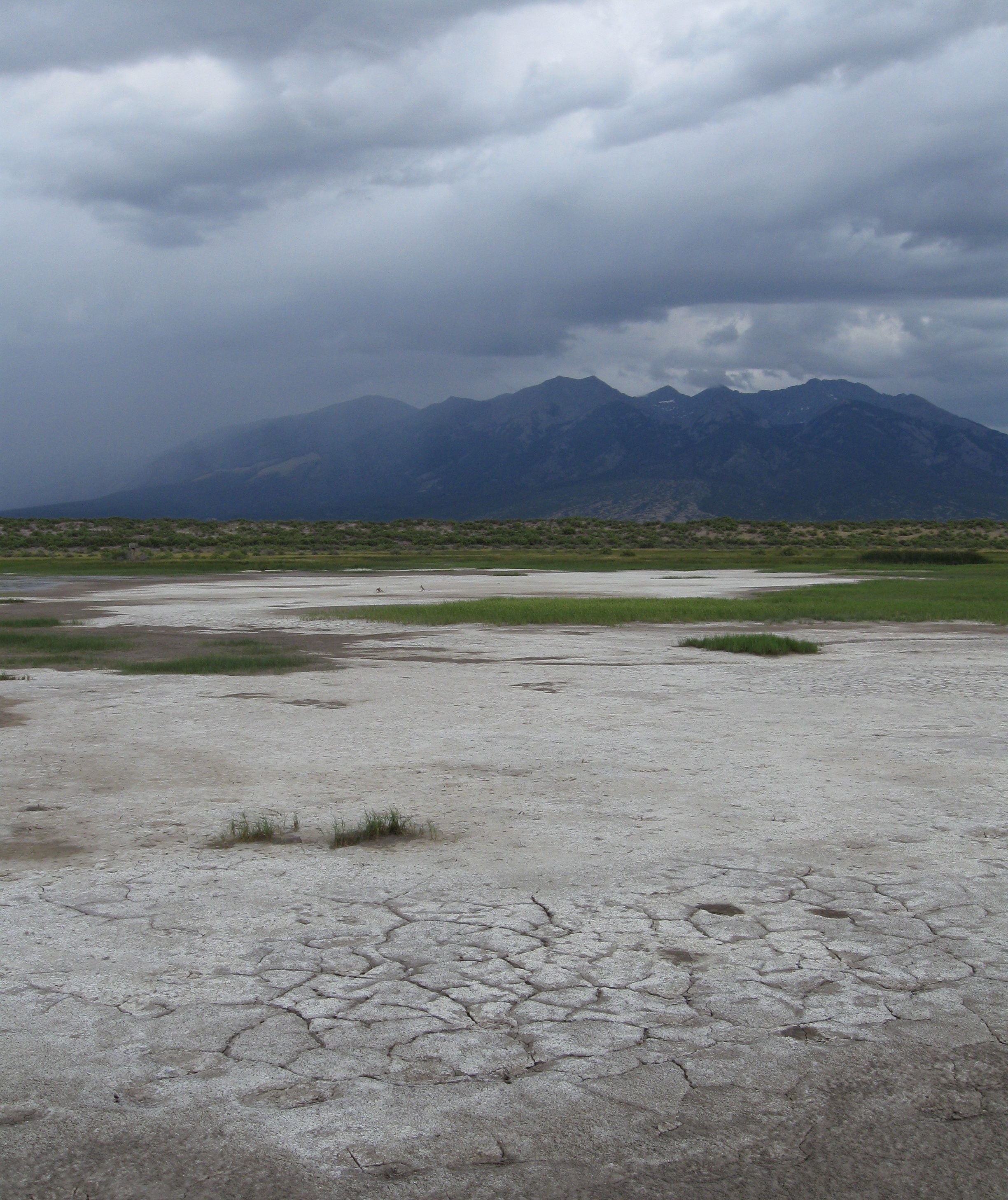The word "wetland" encompasses many different habitats, but they all share a suite of common characteristics. Most importantly, wetlands are lands influenced by water, resulting in plant communities and soils that are different from the surrounding uplands. Colorado wetlands include places such as marshes, wet meadows, riparian areas, playas, seep and springs, fens, interdunal swales, hanging gardens, and alkaline or mineral flats. Some wetlands, like marshes and fens, are always wet. But some wetlands, like playas and seasonal wet meadows, are wet for short times and maybe dry for long periods. There are currently over 1.7 million acres of wetlands and waterbodies mapped within Colorado, representing less than 3% of the landscape. To explore where wetlands are located, see the interactive Wetlands Mapper or see the Landscape Summaries for an accounting of wetland acres by river basin, subbasin, and county.
Wetlands have been defined by the U.S. Army Corps of Engineers and the U.S. Environmental Protection Agency for regulation under Section 404 of the Clean Water Act as:
Wetlands are areas that are inundated or saturated by surface or ground water at a frequency and duration sufficient to support, and that under normal circumstance do support, a prevalence of vegetation typically adapted for life in saturated soil conditions.
To meet the federal regulatory definition, a wetland must have all three of the following criteria: (1) wetland vegetation, (2) wetland hydrology, and (3) hydric soils. The EPA and the Corps use protocols and indicators within the 1987 Corps of Engineers Wetlands Delineation Manual and Regional Supplements to define wetlands for the Clean Water Act Section 404 permit program. Section 404 requires a permit from the Corps or authorized state for the discharge of dredged or fill material into the waters of the United States, including wetlands.
The U.S. Fish and Wildlife Service defines wetlands from an ecological point of view as:
Wetlands are lands transitional between terrestrial and aquatic systems where the water table is usually at or near the surface or the land is covered by shallow water.
According to this definition within the Classification of Wetlands and Deepwater Habitats of the United States, wetlands must have one or more of the following attributes: (1) at least periodically, the land supports predominantly hydrophytes (wetland plants); (2) the substrate is predominantly undrained hydric soil; and (3) the substrate is nonsoil and is saturated with water or covered by shallow water at some time during the growing season of each year.
This definition recognizes that some areas display many of the attributes of wetlands without exhibiting all three characteristics required by the regulatory definition. For example, riparian areas along streams may not meet all three criteria, but perform many of the same functions as other wetland types, including improvement of water quality, storage of floodwaters and enhancement of biodiversity, especially in the western United States. The USFWS definition is often used for wetland mapping and for habitat management.












